
A guide to Fibromyalgia, understanding how it affects a person’s body, mind and life.
As I was starting to write this post I debated if I wanted to write this from the chronic pain perspective, making it more inclusive and in a sense, more findable. Meaning everyone can learn about the first things you should know about a chronic pain condition, if you yourself don’t personally have chronic pain.
However, I decided not to write it that way for very specific and important reason.
Even though the two may be similar, seeing as Fibromyalgia is a chronic pain condition, I don’t want to write this from that perspective as it’s too broad. Fibromyalgia is something all on its own and it deserves that recognition.
Almost every time I’ve gone searching for something about Fibromyalgia I end up down a rabbit hole about chronic pain, and Fibromyalgia is just lumped in there. As someone who personally has Fibromyalgia, this doesn’t feel fair. It’s almost as if it isn’t recognized–again, as if putting the word Fibromyalgia in your post one time is acknowledgement enough. I disagree.
If we’re going to say there are invisible, chronic pains out there, but we’re going to do no more than name drop, we’re not helping the cause. These invisible illnesses remain invisible when we do that.
Instead of lumping everything together under the general terms of “chronic pain” and “invisible illness,” I’m going to come right out here and say–Fibromyalgia. That’s what we’re talking about today.
Fibromyalgia.
While it is good to recognize that Fibromyalgia is a type of chronic pain and it is invisible, we should also note that “chronic pain” and “invisible illness” are not ALL that Fibromyalgia is–we can’t stop at that.
In the spirit of not stopping at surface level, this is your beginners guide to understanding Fibromyalgia. A beginners guide for somebody who doesn’t have Fibromyalgia.
We’ll touch on six main things, some things that maybe you wouldn’t realize your person is going through every day. I hope you can take this… I don’t know if I’d say knowledge, but these tips, and use them as you grow to understand your person.
But first: What is Fibromyalgia?

Fibromyalgia is a chronic (chronic meaning it is a long lasting, lifelong type of thing) pain that affects a person’s muscles. Notice we use the word “chronic” to describe a duration, not a feeling or a symptom. This is why I refuse to simply lump Fibromyalgia under a “chronic pain” title.
While something like Arthritis affects someone’s joints, Fibromyalgia targets the muscles. With 600+ muscles in the human body, there’s a lot of room for pain.
I will leave you with this brief description of Fibromyalgia, because the goal of writing this Beginners Guide, is to teach you what Fibromyalgia is and how it feels, which honestly may need to be done across a few posts. But to teach you I cannot simply tell you that it’s a pain of the muscles.
In the beginning stages of letting someone know about this chronic pain condition that plagues you, it is extremely difficult to explain to your friends and family. But these are some things we should open up about because that’s how we become seen.
Others not knowing anything about this or what’s going on, and us not knowing how to express it, isn’t going to help us. So if you noticed the “we” I strategically placed in the previous paragraph, that was for you. Because I’m hoping by the end of this post, you’ll have learned something and will be able to share that with someone. I’m hoping you’ll be able to understand and be understood. And mostly… I’m hoping we can make this invisible illness seen.
Six things to know about Fibromyalgia:
One: Touch hurts-but I still want it
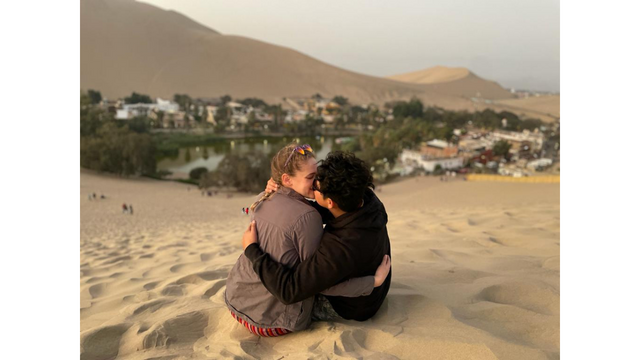
This hurts. Fibromyalgia hurts. Both emotionally and physically.
Hugs, hand holding, cuddling, hand shakes. It all hurts. But don’t let this information scare you! Please don’t run away or treat me like I’m a leper! I still want to be loved on.
Okay, I don’t want to be touched all the time. Honestly, please don’t. But my special people, those friends and family that I am closest to. From them I want to be touched.
By “touched” I mean hugs and high fives. I mean fistbumps and whatever other normal everyday greeting or interaction “normal people” might have with their friends and family. I still want that.
I don’t want people to be afraid to greet me in their normal way. You need to understand that everything hurts–always. But if I’m here and I’m seeing you, and I’m hanging out with you, I would want nothing more than for you to greet me with a welcoming hug and an, “I’m so glad to see you!”
Why is this such a big deal that it was worth pointing out? Because it hurts more emotionally when I go places and see people and they go in for a hug but at the last second they pull away because they’re afraid to hurt me. It hurts me more emotionally for them to do that than the physical touch would have hurt.
I need to be honest with you right now and tell you that it does hurt when you hug me. But until I tell you not to touch me, until I put that boundary, until I say, “I am hurting so bad, please do not touch me,” until I say something…please don’t be afraid of me.
Don’t refuse to touch me out of a fear I never expressed to you as a problem for me.
Two: Ask me to participate

Don’t leave me out. Don’t abandon me. I still want to hang. I still want to participate.
I want to go to dinner and to all the adventures. I want to be invited to go to the movies and to hang out at your house. I don’t have to participate to the full extent, and sometimes I can’t even join you.
But knowing you thought of me enough to invite me is almost as precious as the time actually spent at the activity. Knowing you wanted me there. Because if I know I matter to you, I will always make every effort to give you my best and to show up for you. And if I can’t today, I will put my boundary and speak up, but please ask me to join you.
Does this scream that I have FOMO?
Three: Offer to help
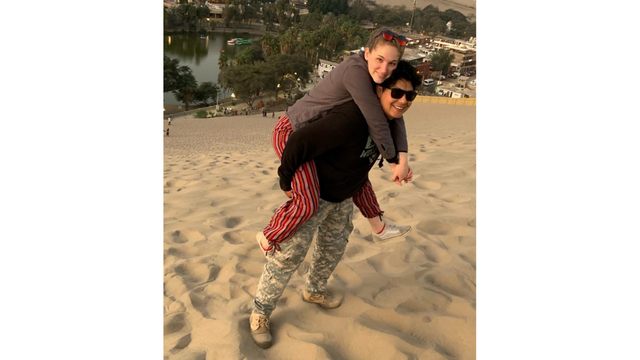
I think we as chronic pain people tend to get into this rotten mindset that “I can do anything.” Which I’m not saying isn’t true… but do you really need to do everything? The thing is, we should be willing to accept help. Granted, that’s a learning curve that seems to take an awfully long time to really truly learn it. For some reason saying, “Oh yes please, thank you,” is such a difficult sentence.
A sentence that seems to be so much easier slipping off the tongue for us is, “but I don’t want to be a burden,” and that’s an awful sentence. Because it’s like, “girl, did I say you were a burden?! I just asked if I could help you carry your groceries in, sheesh.”
Learning to say “Yes please” and accept help becomes so much easier when others are always genuinely offering to help, not because they think we’re too weak or fragile (yeah… that’s what I’m thinking you’re thinking sometimes), but because they actually want to be of assistance.
What you can do: literally, just be always looking for a way to help.
“Can I help you carry in the groceries? I’ll take some and you take some.”
“Do you need help lifting that bucket or pot? Yeah, I know it’s heavy. Yeah, I know you could do it if you wanted to. Do you want to though? Because I gotchu.”
Just jump in on the big or little tasks. Try doing the dishes and cooking together. Not for them, unless they ask you to. But offer to help and do things together.
This takes time but eventually it becomes pretty second nature for them to ask you for help, and it truly isn’t a big deal.
At the beginning you may be wondering why this appears to be such a big deal, I’ll tell you. Because it feels like you’re losing everything. Like we can no longer do things, big things and stupid small things we should be able to do. I should be able to help you and bless you, but suddenly that’s not as easy as it used to be. I feel like I’m losing my independence.
So instead I grapple for control and try to do all the big things that I know I probably shouldn’t be trying to handle all on my own. I don’t want to feel like a burden or useless. Oops, there’s that rotten word again.
Four: I don’t understand

You may be asking all the questions:
“What does Fibromyalgia feel like?”
“How bad does it hurt?”
“Can you describe it?”
“Why does it hurt?” and “Where?”
“Is Fibromyalgia treatable?” or “Is it curable?”
And the thing is…I don’t know. I’m overwhelmed. I don’t understand.
I don’t understand Fibromyalgia. Not fully. I don’t understand why. I feel as lost as you do, only I was thrown head first into it.
It’s a good thing to level the playing field, per se. To understand that not only do you not understand, but I don’t either.
Just understanding this fact that we both don’t understand, is comforting. It’s comforting to be lost together. Because lost alone is the worst.
Five: Forever

To expand further on that chronic thing… this isn’t going away. The thing is, I just realized this is forever, and a lot comes with forever.
Forever means, “What does the future look like?” How will tomorrow or next month be?
And the worst and scariest thought, if I feel like I’m 80 now, what will I be when I’m half that?
Chronic pain, the realization behind that word “chronic,” it gets a little scary if you think about it too much. I could go further into this, about the fears you face when you wonder if you’ll even be able to do the things you love now, or how you’ll take care of yourself. But should you need to understand this further, I encourage you to think about all of your hopes and dreams, and then imagine it hurts just being. It kind of gets a little dark and scary, doesn’t it?
I will say though that there should be an addendum to “forever” in the sentence above.
“…He will wipe every tear from their eyes, and there will be no more death or sorrow or crying or pain. All these things are gone forever.”
Revelation 21:4 NLT
I look forward to that, because this forever pain… is only lifelong–which is terrifying, but I get to leave this baggage behind at death and start an even greater forever.
Six: I’m tired

I’m tired. I’m always tired.
Sleep is hard and it hurts. I walk around all day, I sit, I stand, I move, I breathe, I do all things I need to do, and at the end of the day I would think that I could finally get to a point where resting would be a safe haven. Where laying down should be sweet relief… but it’s not.
Have you ever spent a really long day walking and moving so much that you’re so tired you wish to sit down and just relax at the end of your day and experience the relief of finally resting, only sitting down and resting after such a long time hurts worse than standing did? Do you ever experience that on occasion?
I experience something like that every day.
Every day I have to choose which pain is worse, sitting or standing or laying–they all hurt, and neither brings relief.
It’s like my body is always going, no rest for the Fibromyalgia warriors.
I’m sure you can imagine that with that pain of lying down, getting really good rest or even staying asleep all night long doesn’t really happen. Sleep is a very difficult thing.
In addition to all that, Fibromyalgia comes with a never ending supply of fatigue.
That’s your beginner lesson in Fibromyalgia for today. I hope it gives you a little insight into the day to day life of someone with this kind of chronic pain..
If you know someone with Fibromyalgia check in on them and tell them you’re thinking of them!
Have a specific question for me? Leave it in the comments and I’ll be sure to answer as best I can!

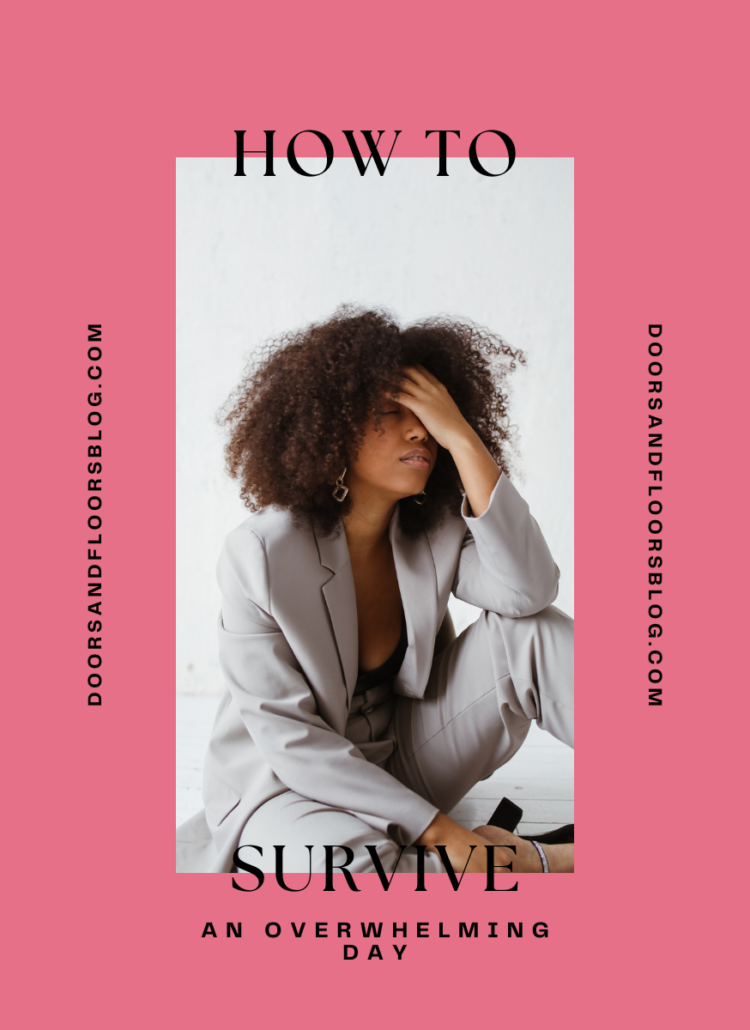


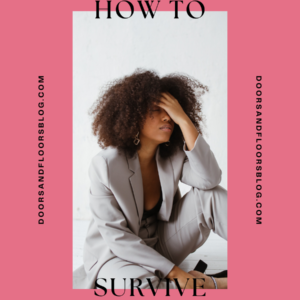
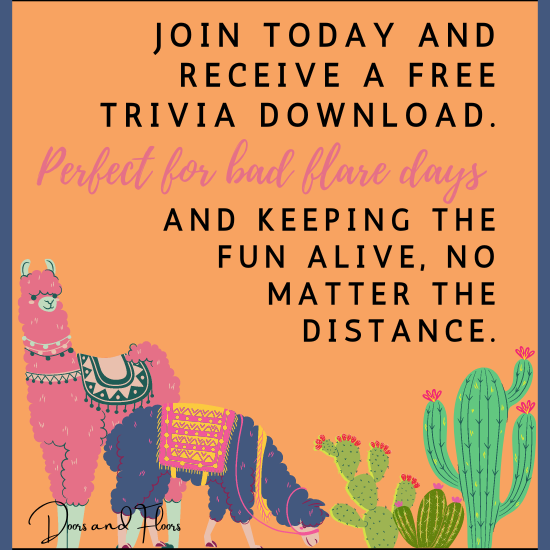

I really loved this blog
 Thank you for sharing and helping me learn more about Fibromyalgia and more about you! I love you so much!
Thank you for sharing and helping me learn more about Fibromyalgia and more about you! I love you so much!
Thank you for taking the time to learn! I appreciate you!!!